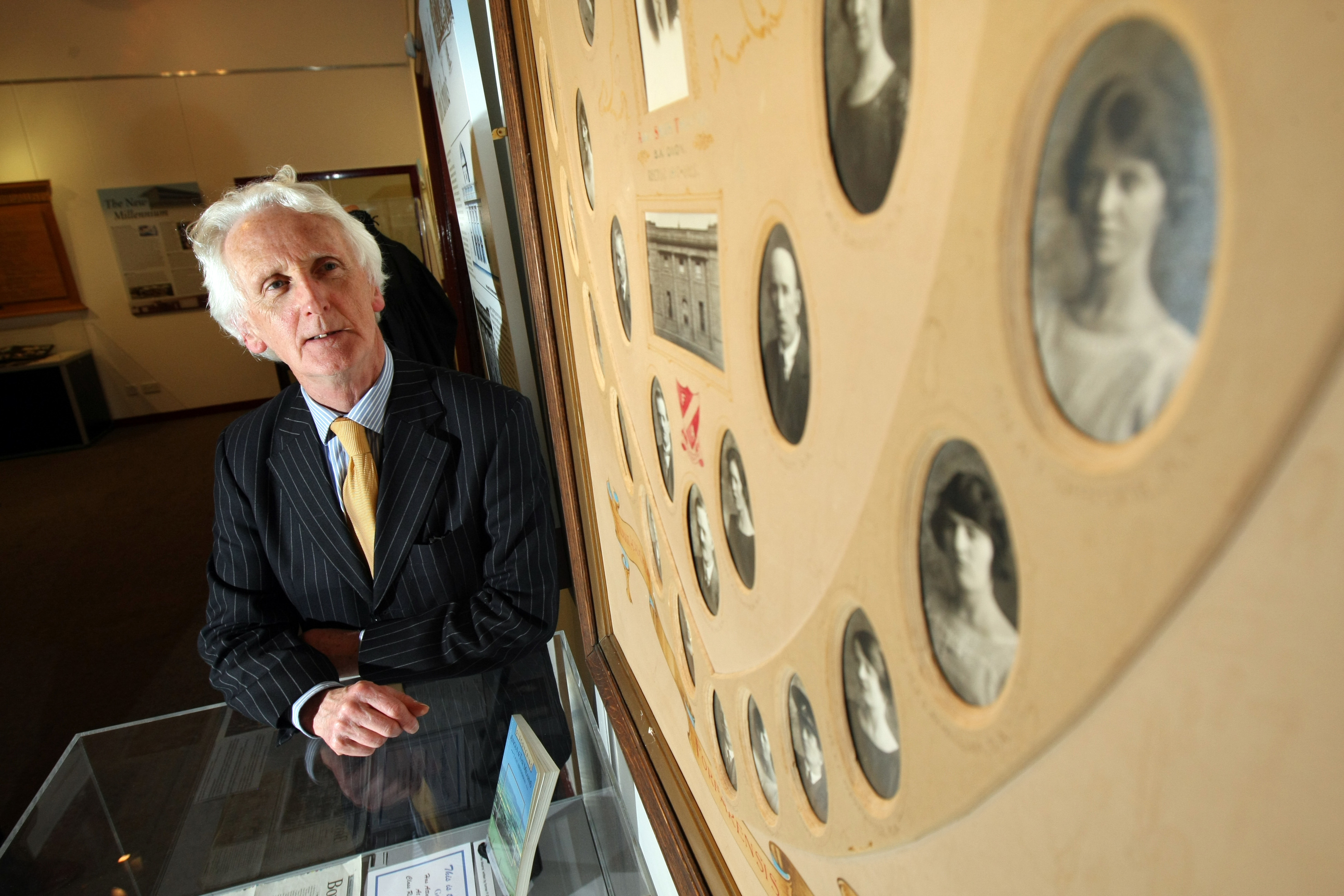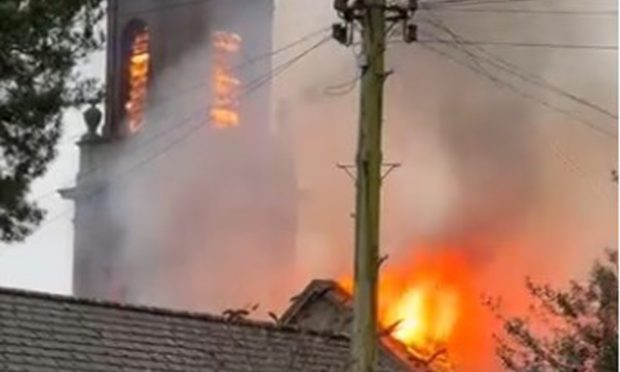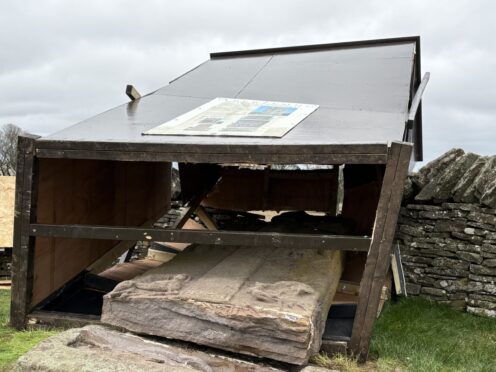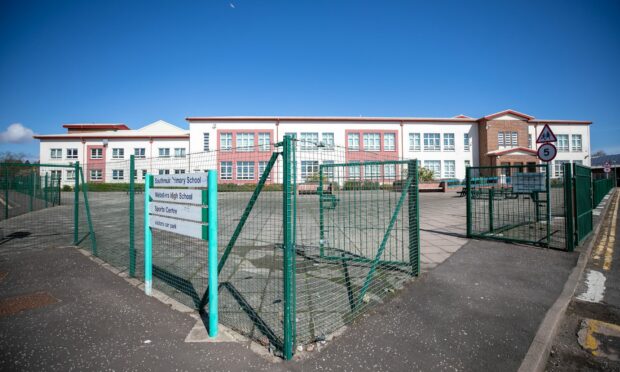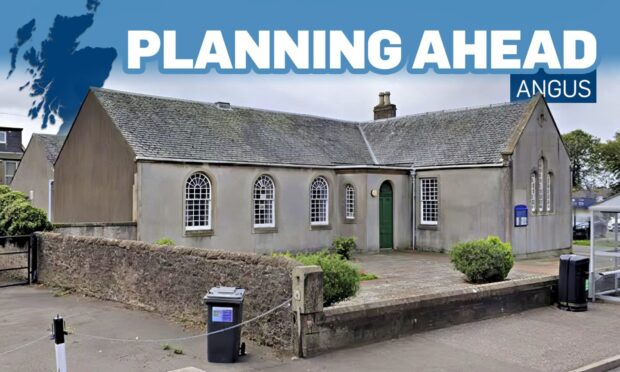Forfar’s past, present and future education is being marked by a special exhibition celebrating the life of the town’s Academy in a trio of buildings spanning three centuries.
Just weeks after the opening of the latest state-of-the-art school within Forfar’s £39 million community campus, the town’s Meffan museum and gallery has unveiled a display charting the journey from the David Logan-designed 1816 Academy Street building to the present day.
Three Schools for Three Centuries will run until July and also serves as a bicentenary celebration of the Forfar secondary, the 2016 milestone coming just a year after Montrose Academy’s Under the Dome anniversary of a building which also came from the pen of renowned architect Logan.
Detailed information panels and a host of memorabilia feature in the exhibition, reflecting changes in education as much as the shifting physical environment for generations of youngsters.
The first Academy, which became Chapelpark primary school, is currently undergoing a multi-million pound affordable housing transformation.
Its successor building in Taylor Street was opened by The Queen Mother in 1965 and now lies empty in preparation for the bulldozers moving in following its replacement with the new Academy in the community campus.
Guests at the opening evening of the exhibition included former and current staff and pupils, and Forfar Academy head teacher Melvyn Lynch paid tribute to everyone involved in researching and putting together the extensive display, saying it had been a “monumental achievement “ unearthing the treasure trove of material and memories.
“It has been a great privilege to be head teacher of Forfar Academy and I am in awe of being in the presence of so many people who have been pupils, parents and teachers at the school,” said Mr Lynch.
“To be able to share memories stretching back 80 years and beyond is a living, vibrant and wonderful thing,” he added.
The Meffan company included George Peters, whose ties to the Academy stretched from his days as a pupil at the school to retiring from the post of assistant rector in 1989.
Mr Peters was joined by a group of pupils from his first form class of 1953, the group having held a host of annual reunions with their teacher since their first more than 30 years ago.
As a senior pupil at the Academy he recalled being paid seventeen and a half pence a night to carry out fire watch duty on the original building during the war.
He started as a teacher at the school on April 1 1953 and apart from a short spell in Kirriemuir in the early 1960s spent his career at Forfar Academy, rising to be principal teacher of geography before becoming assistant rector in 1979.
“I’m glad to have been able to help out with the exhibition and I think they have done a great job putting it together,” he said. “There is so much to see and I’m going to come in and have a long look round in the weeks to come.”
Successful scholars and the jannie who ruled the roost
Alongside the photographs and officials, educators and Royal guest The Queen Mother on her visit to open the second Academy in 1965, a part of the exhibition is devoted to one figure whose name is part of the fabric of the school story.
James ‘Jimmy’ Crofts was the janitor at the old Academy from the mid-1920s to 1959 and acquired legendary status-it was said he had the ability to strike fear into teachers and was the man responsible for running the school, not the rector.
On his retiral in 1959, jannie Jimmy was awarded the British Empire Medal for in the Queen’s Birthday Honours List services to education, with the gong on display in the Meffan exhibition.
Exhibition panels depicting the achievements of famous Forfar Academy pupils also reveal at the town can claim a small part in the early education of Peter Pan creator, Sir J M Barrie.
The Kirriemuir-born playwright and author spent at year at Forfar Academy at the age of 10 and another of the school’s famous students, socialist author, journalist and academic Lord Peter Ritchie Calder later used a desk with the initials J M B carved into it which he believed were those of the famous playwright.
